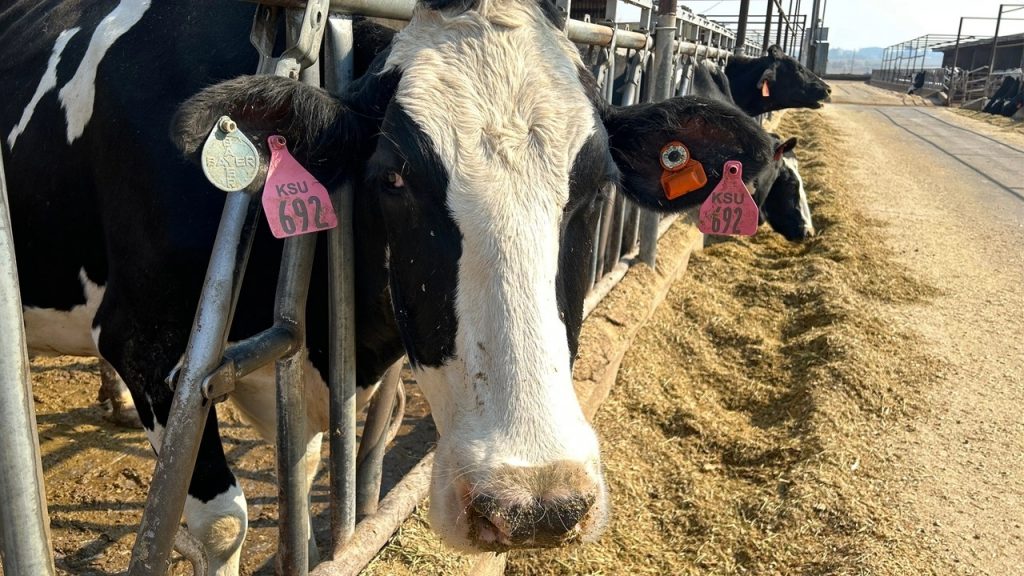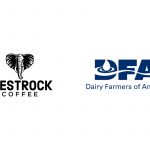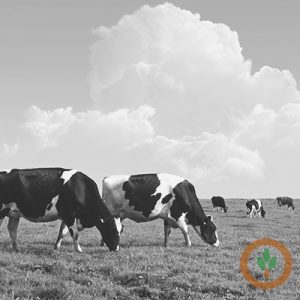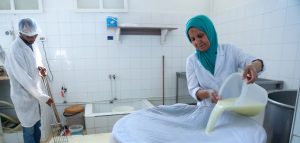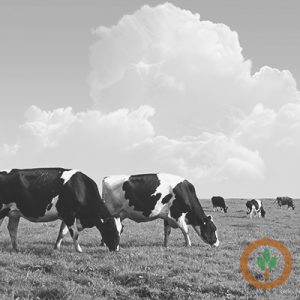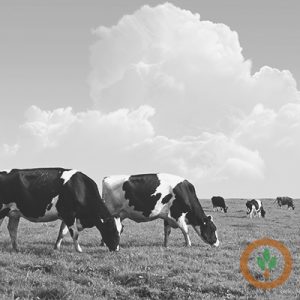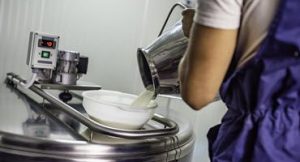
2025 Economic Outlook Series: Texas dairies led herd expansion in 2024. By October, milk cow numbers hit a record of 675,000. States like Colorado and Kansas followed suit. But the new year is likely to bring some market dips and spikes.
.gif?width=700&auto=webp&quality=80&disable=upscale)
The past year began with low prices, continuing the financial problems for dairy farmers from 2023. But price recovery by mid-year spurred profits and milking herd growth. The new year will likely bring some challenges in prices and profits.
Low prices led dairy farmers to reduce the number of milk cows in 2024. Dairy cow numbers bottomed out in July at 9.319 million head. That was the fewest since February 2016. The industry also restrained growth in milk per cow, with actual declines, year over year, in some months. The combination led to lower milk production than the year before in five of the first six months of 2024.
Reduced milk production led to higher milk prices. Cheese, butter, powder, and whey prices all increased. Higher milk prices spurred dairy herd expansion and increasing milk production later in the year – and falling cheese and butter prices. Strategies to cut production have led to tight supplies of replacement heifers. Heifer prices, for those looking to buy, surged to record highs late in 2024. Lower milk production led to a significant drawdown in cold storage stocks of cheese. By late in the year, cheese stocks were 1.34 billion pounds, their lowest level since late in 2019.
Texas dairies led herd expansion in 2024. By October, milk cow numbers hit a record of 675,000. That was up 40,000 head from the year before. This herd expansion was echoed by expansion in the broader Southern Plains, including Colorado and Kansas, while cow numbers continued to decline in other areas of the country. Regional milk processing capacity is keeping pace with milk cows, allowing growth.
The new year is likely to bring some dips and spikes to markets. The expansion in cows late in 2024 promises to bring more milk production unless production per cow is restrained – bucking the long-term trend of ever-increasing production per cow. While exports have grown, more growth will be necessary to boost prices. Some growth in domestic demand will be necessary to support prices, as well. Certainly, higher cattle prices, from cull cows and beefXdairy cross calves, will help dairy producers’ bottom lines.
It’s difficult to discuss dairy markets without referencing the challenge of HPAI in dairy cows. It began in late 2023 or early 2024 with a mystery illness that was identified in the spring as HPAI. The illness led to reduced milk production and some more culling, reinforcing reduced milk production due to price pressures. The new year will bring some new challenges due to uncertainty in immigration, labor markets and tariffs. Past research has shown that more than 50% of the employees on dairy farms are immigrants. Export growth has been a driver of industry growth. Potential changes affecting immigration and tariffs will add a new wrinkle of uncertainty to dairy markets in 2025.
You can now read the most important #news on #eDairyNews #Whatsapp channels!!!
🇺🇸 eDairy News INGLÊS: https://whatsapp.com/channel/0029VaKsjzGDTkJyIN6hcP1K
